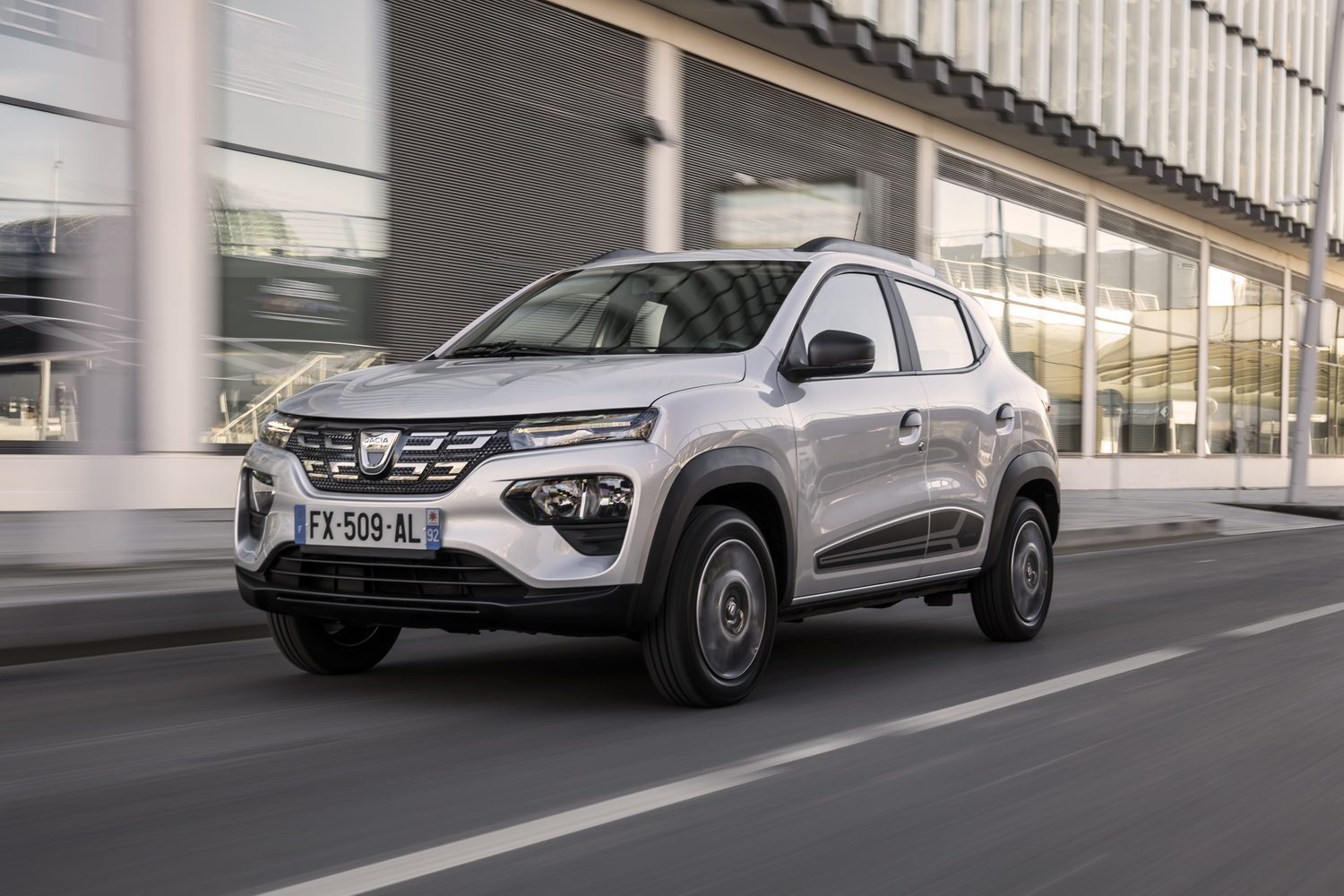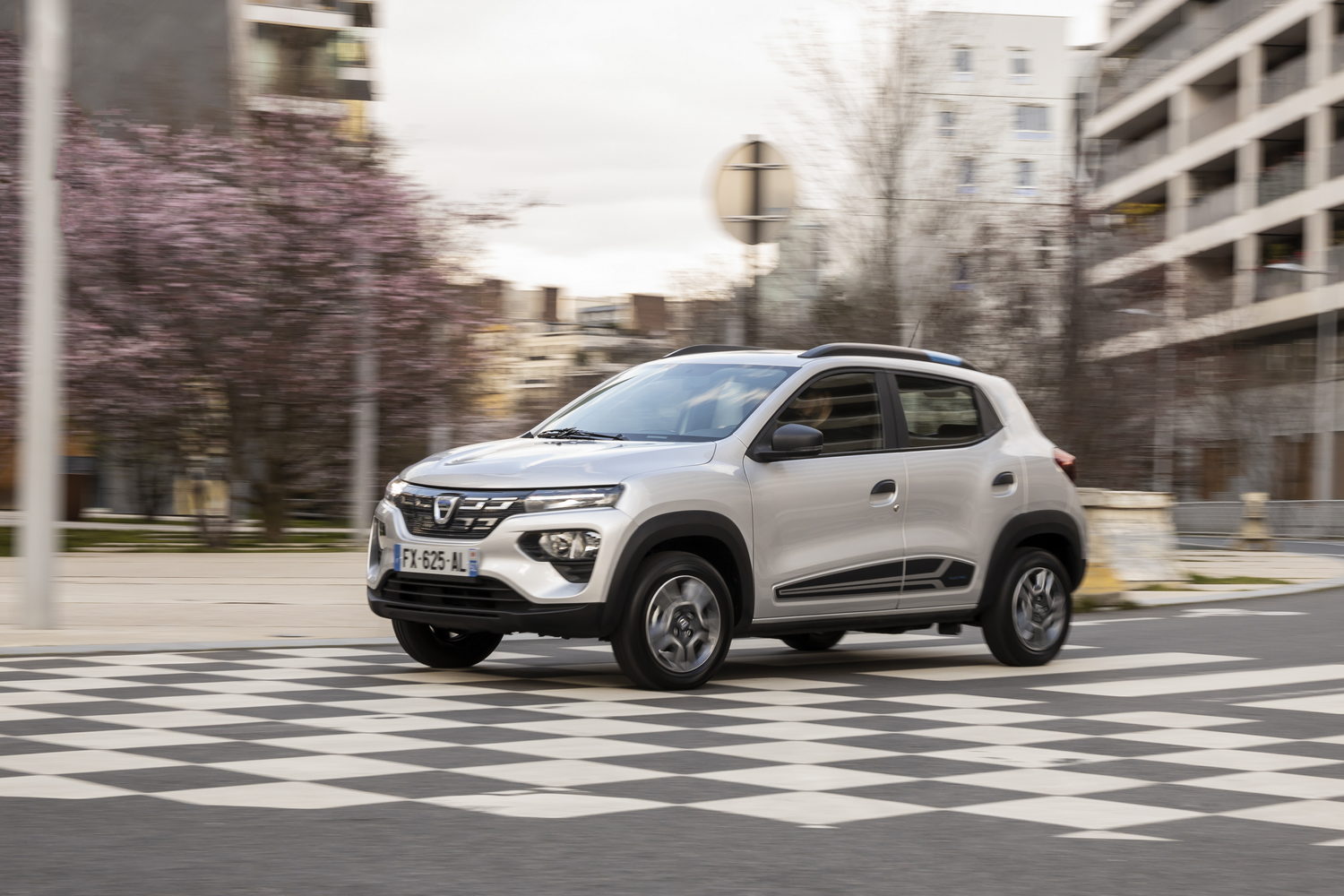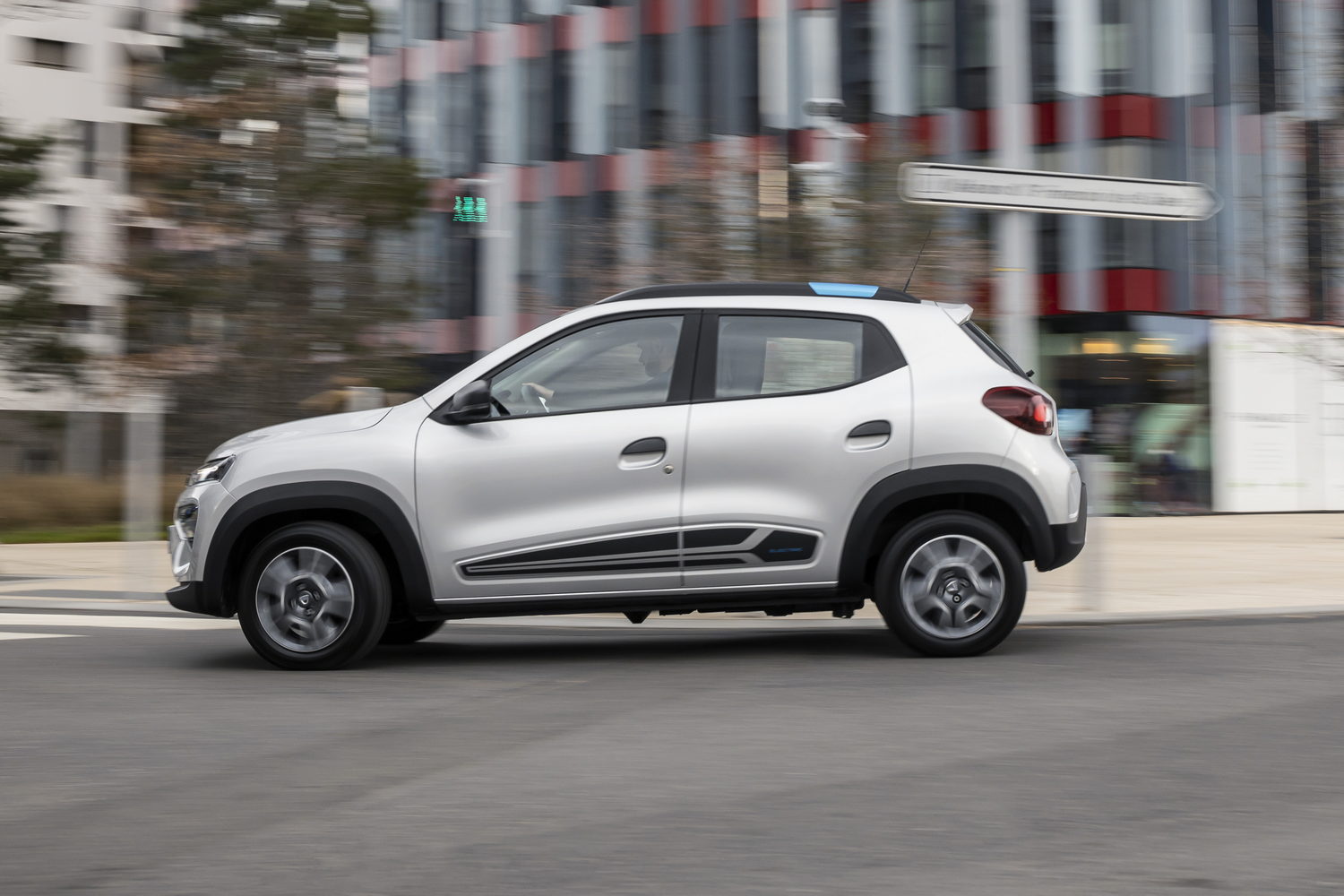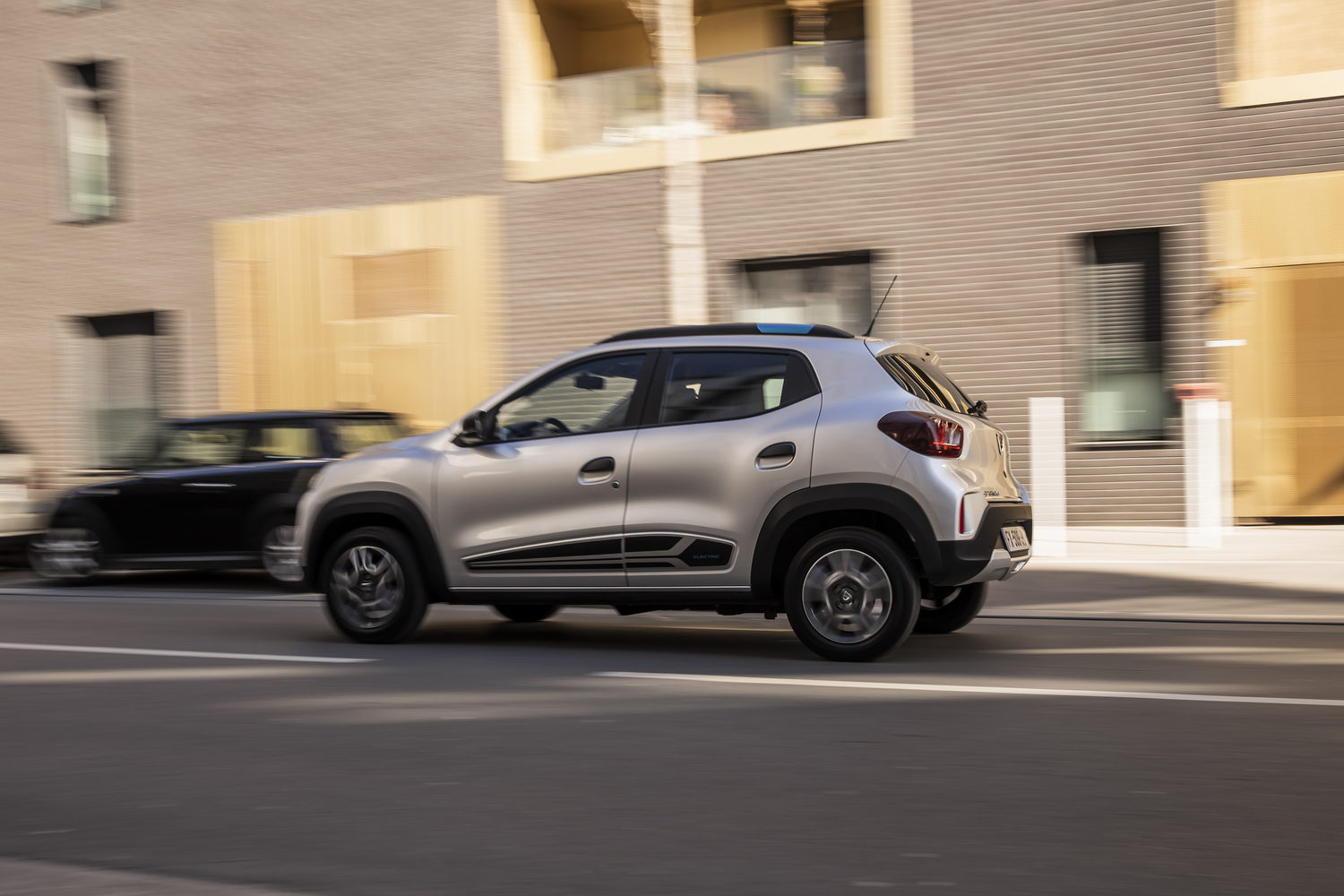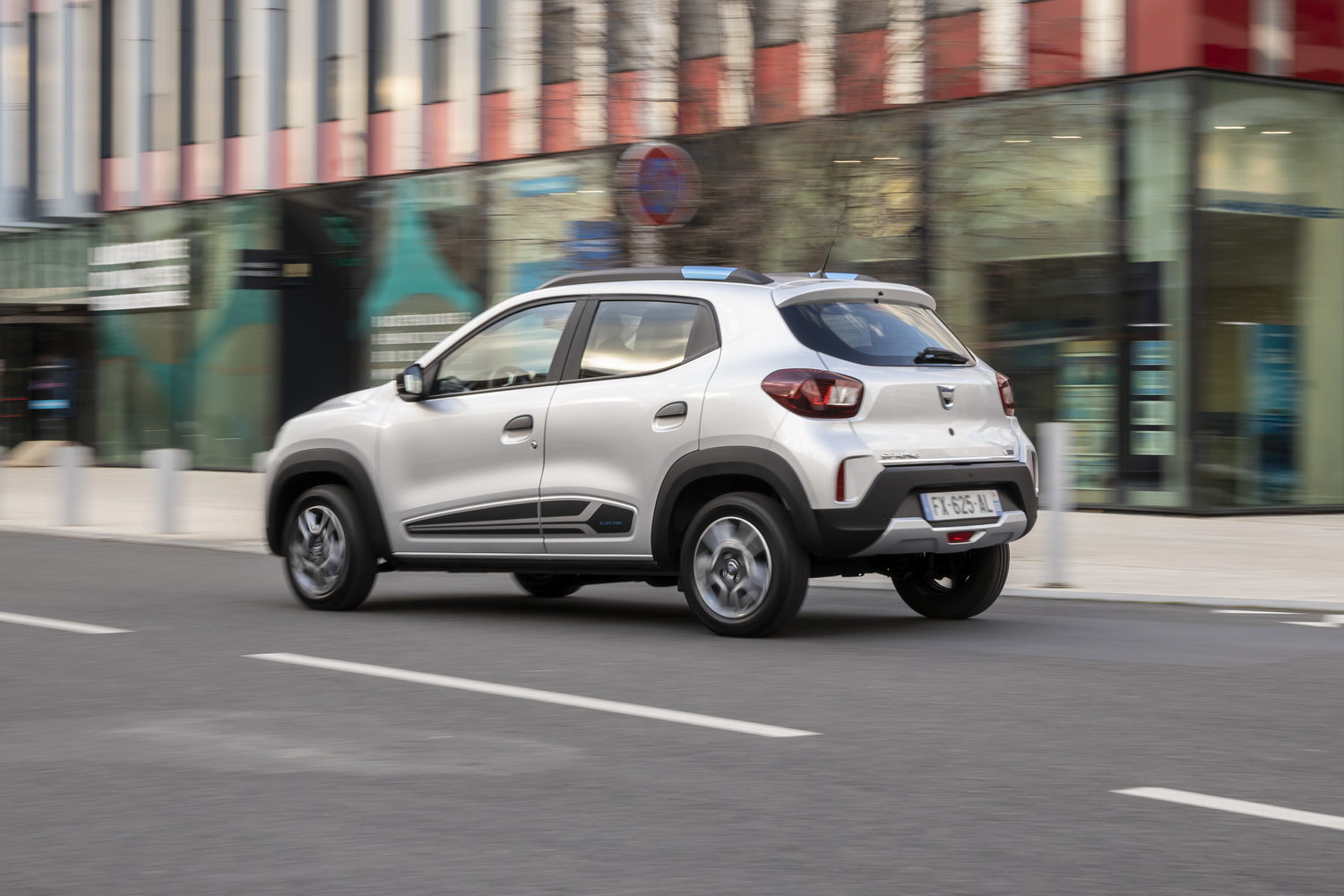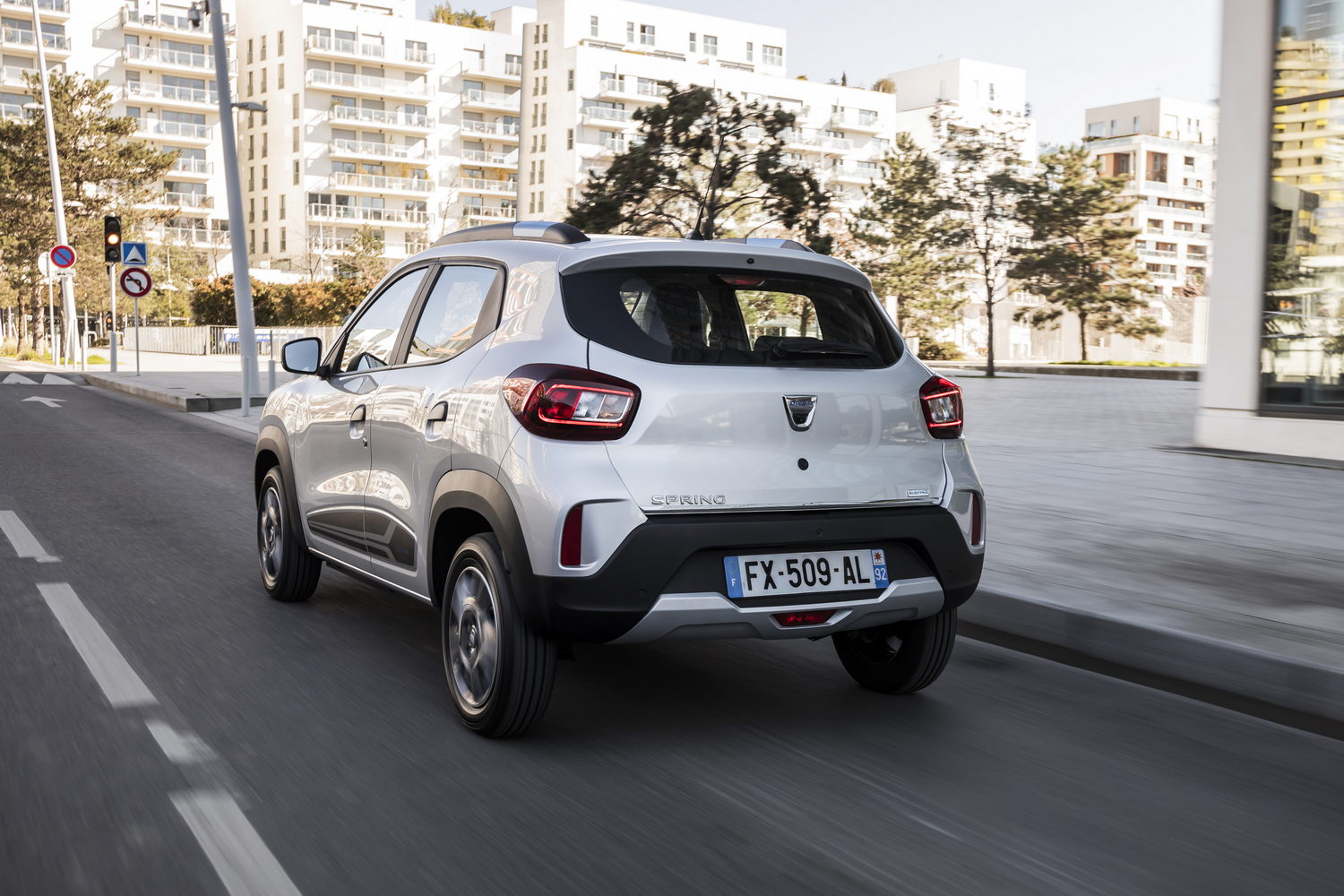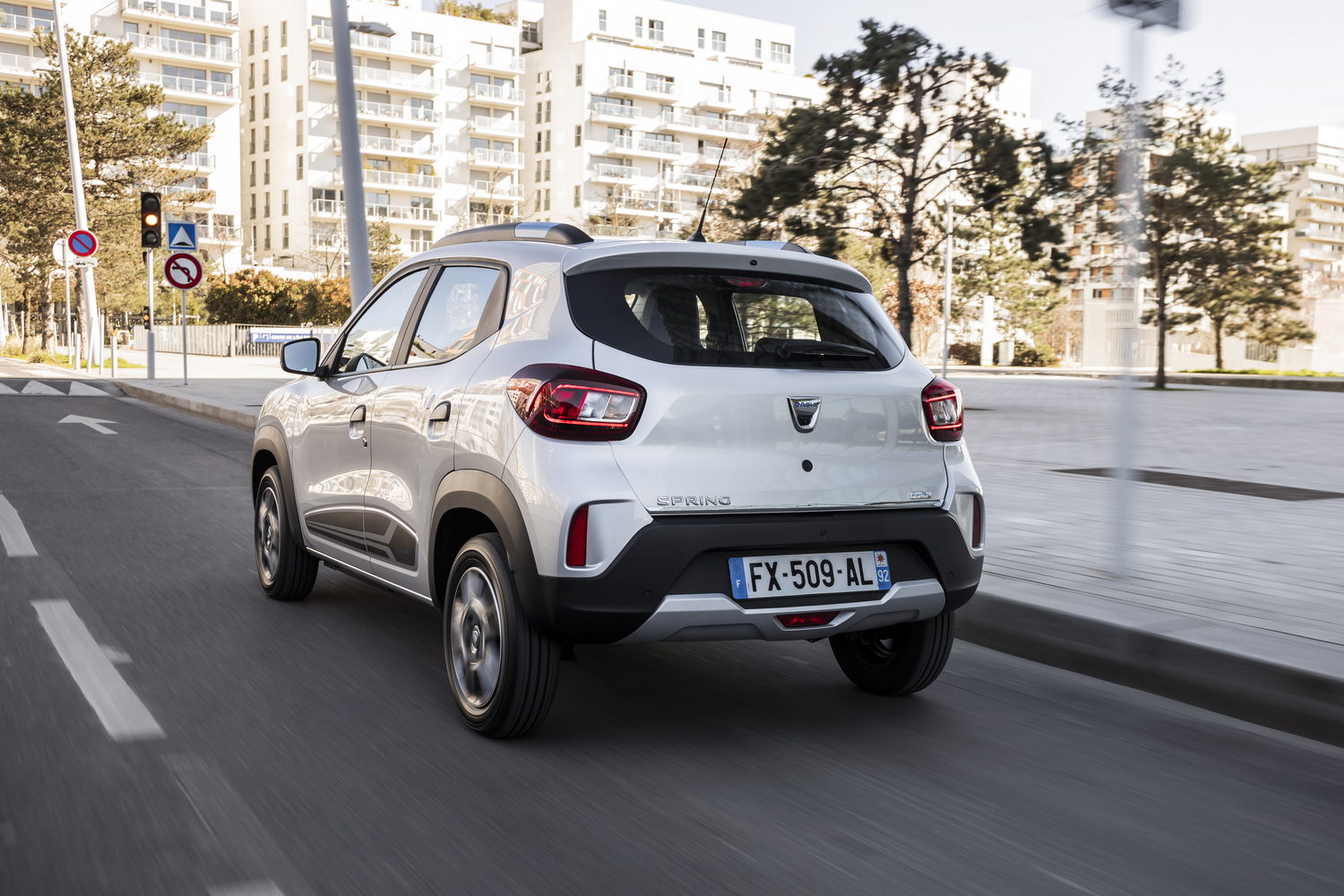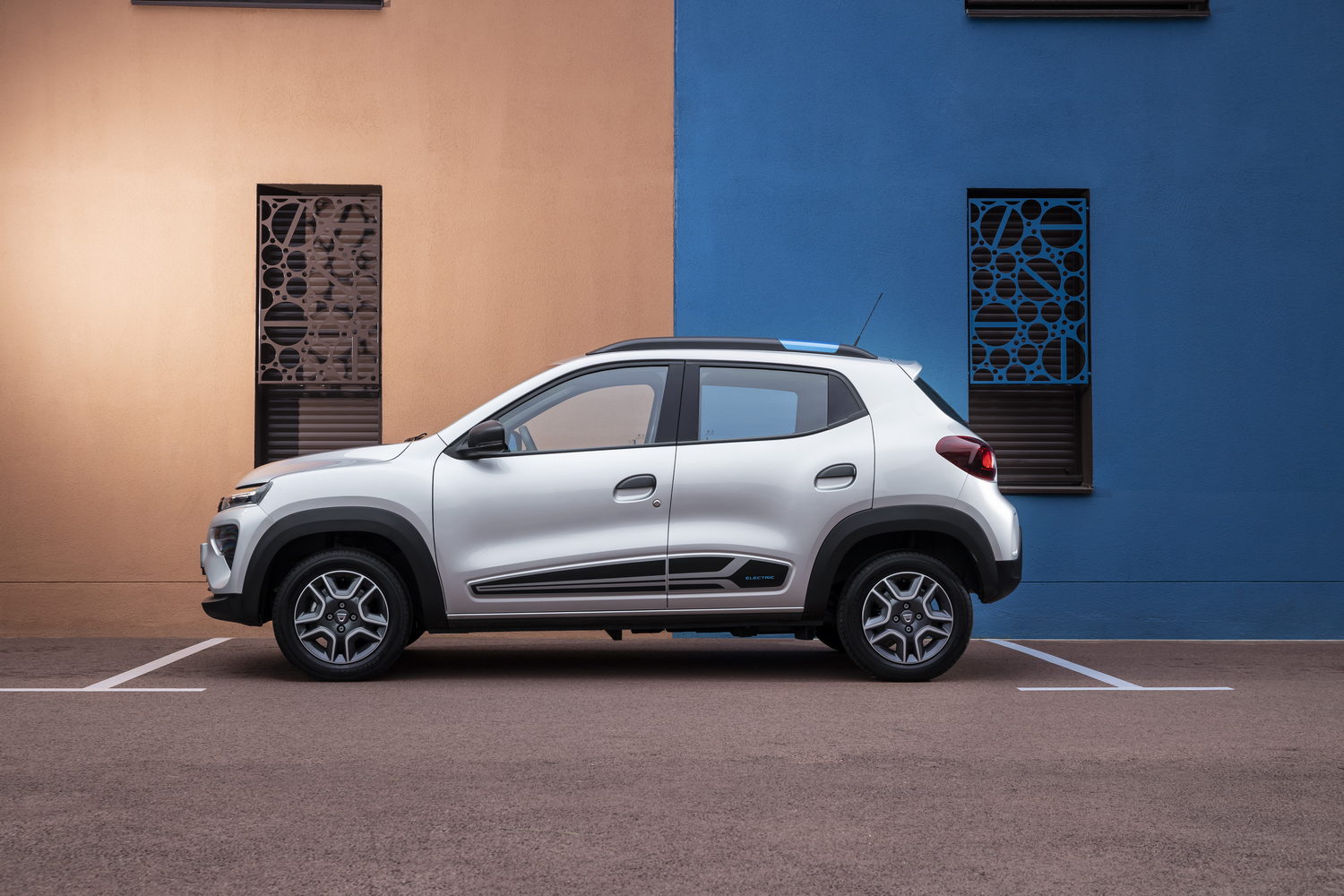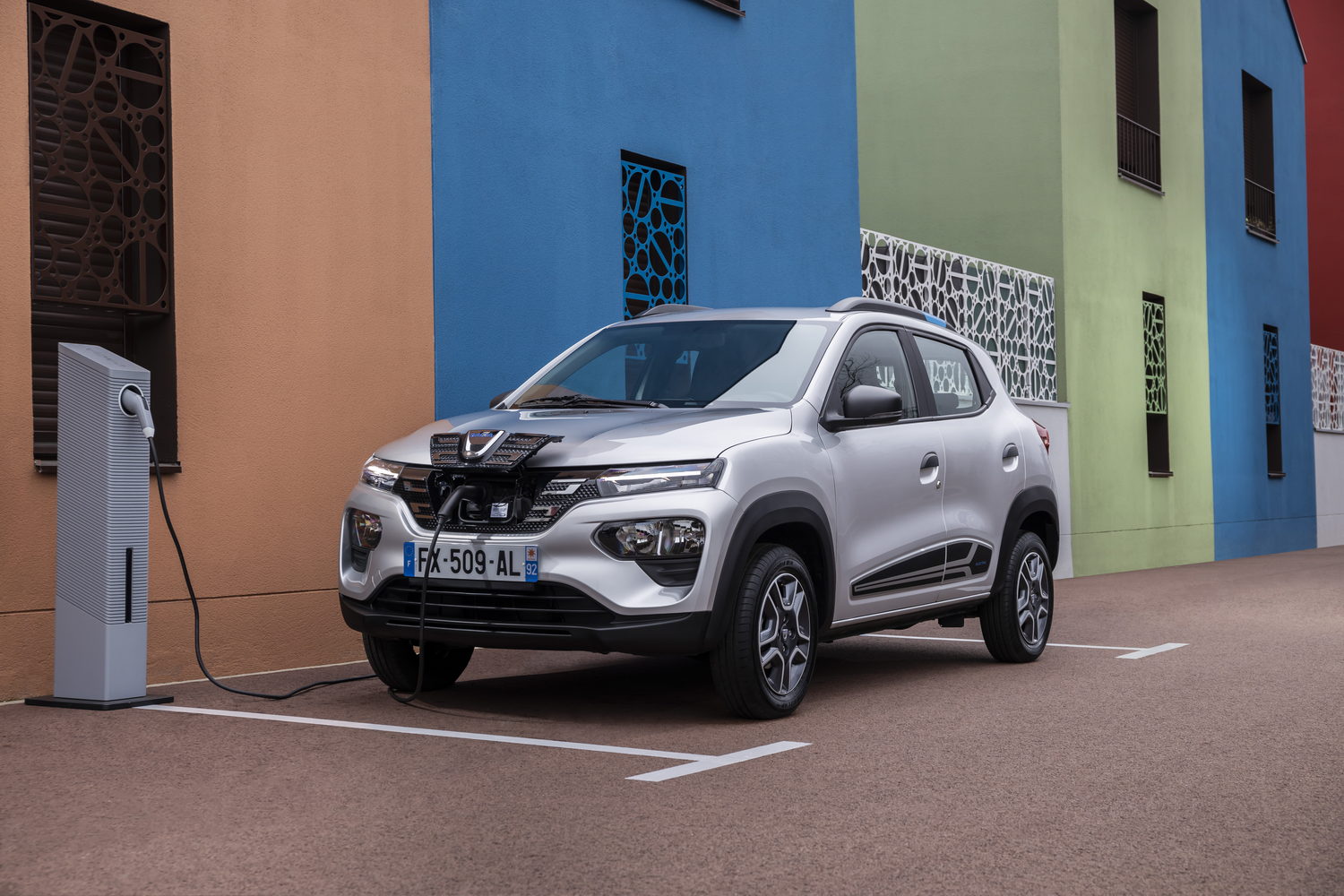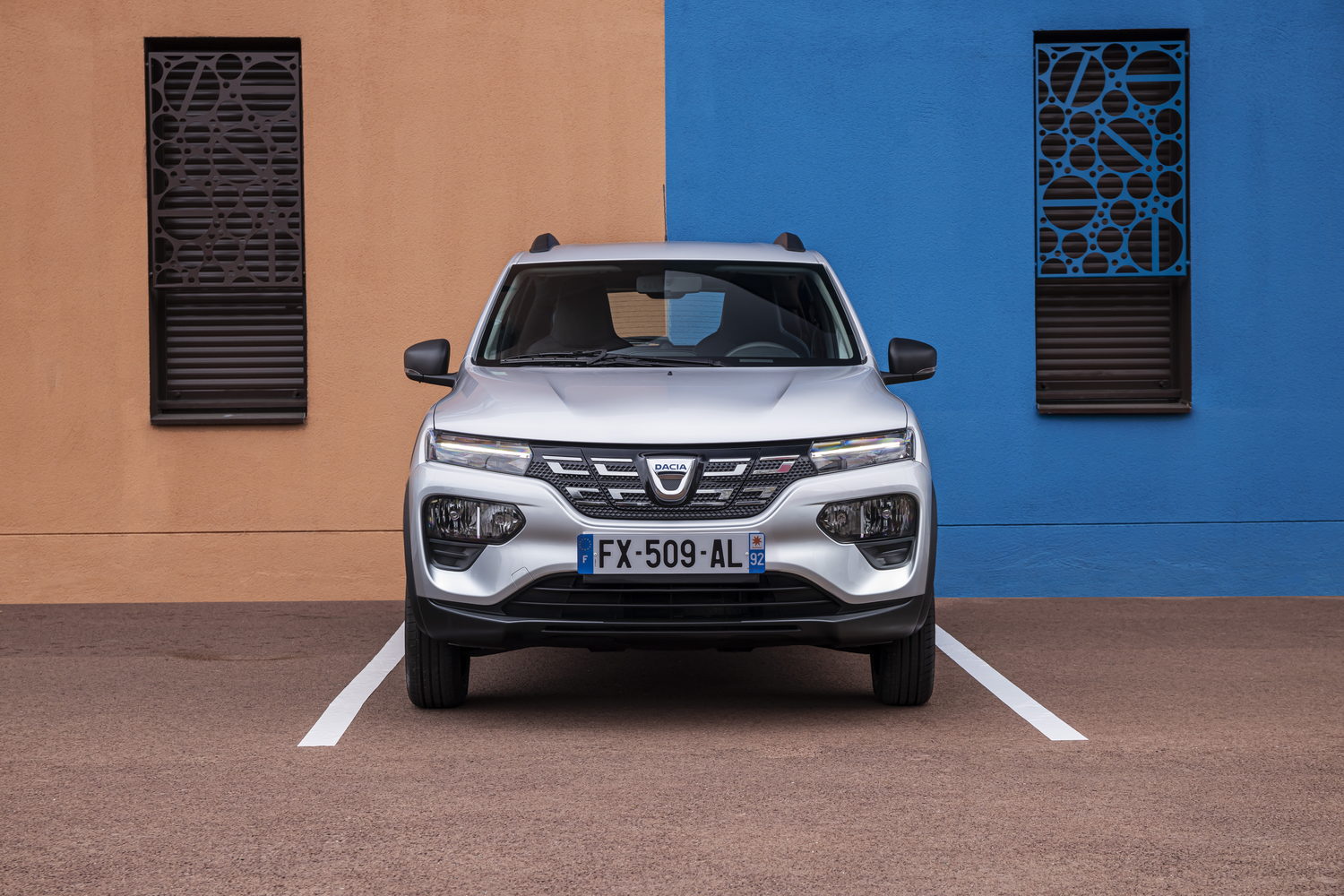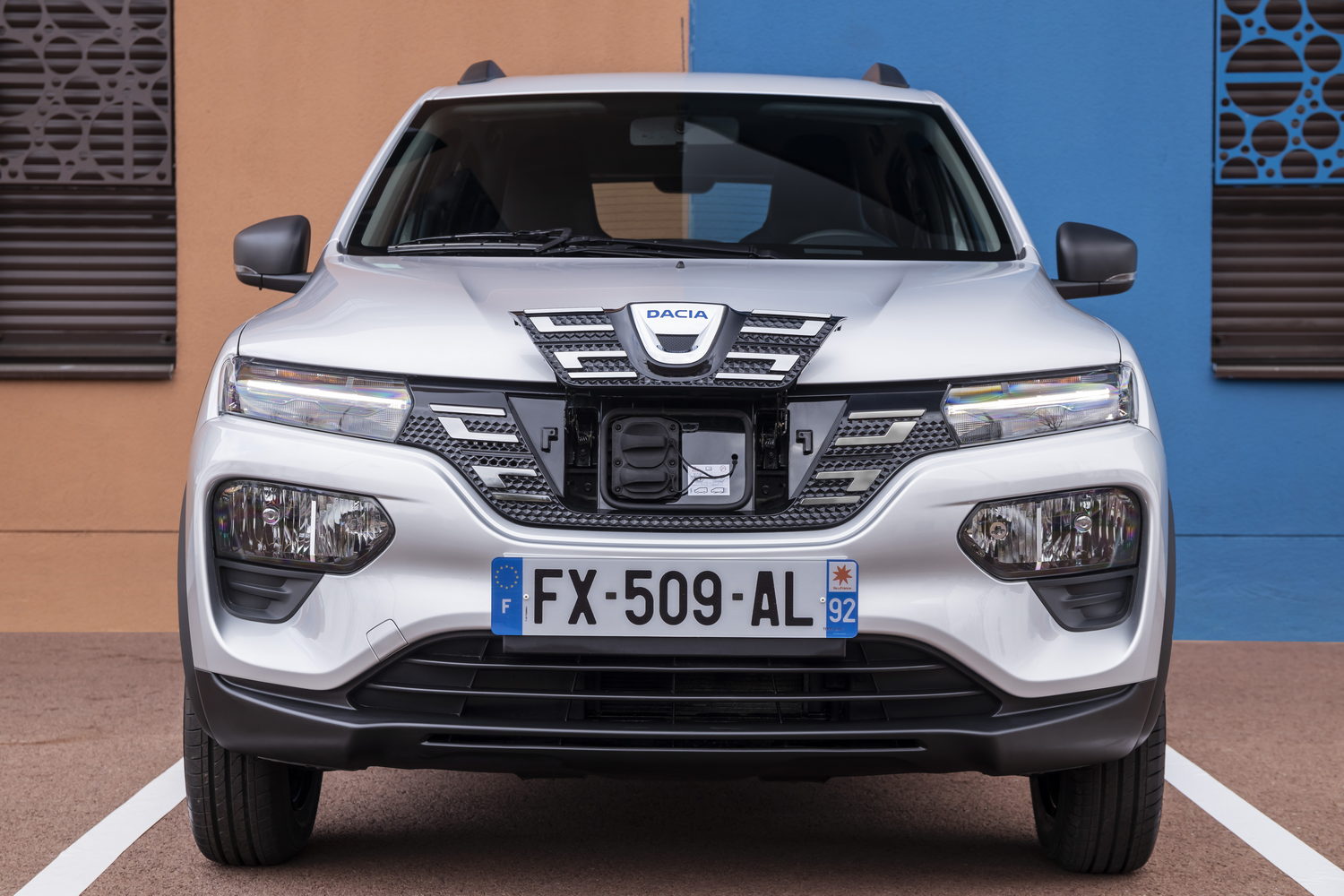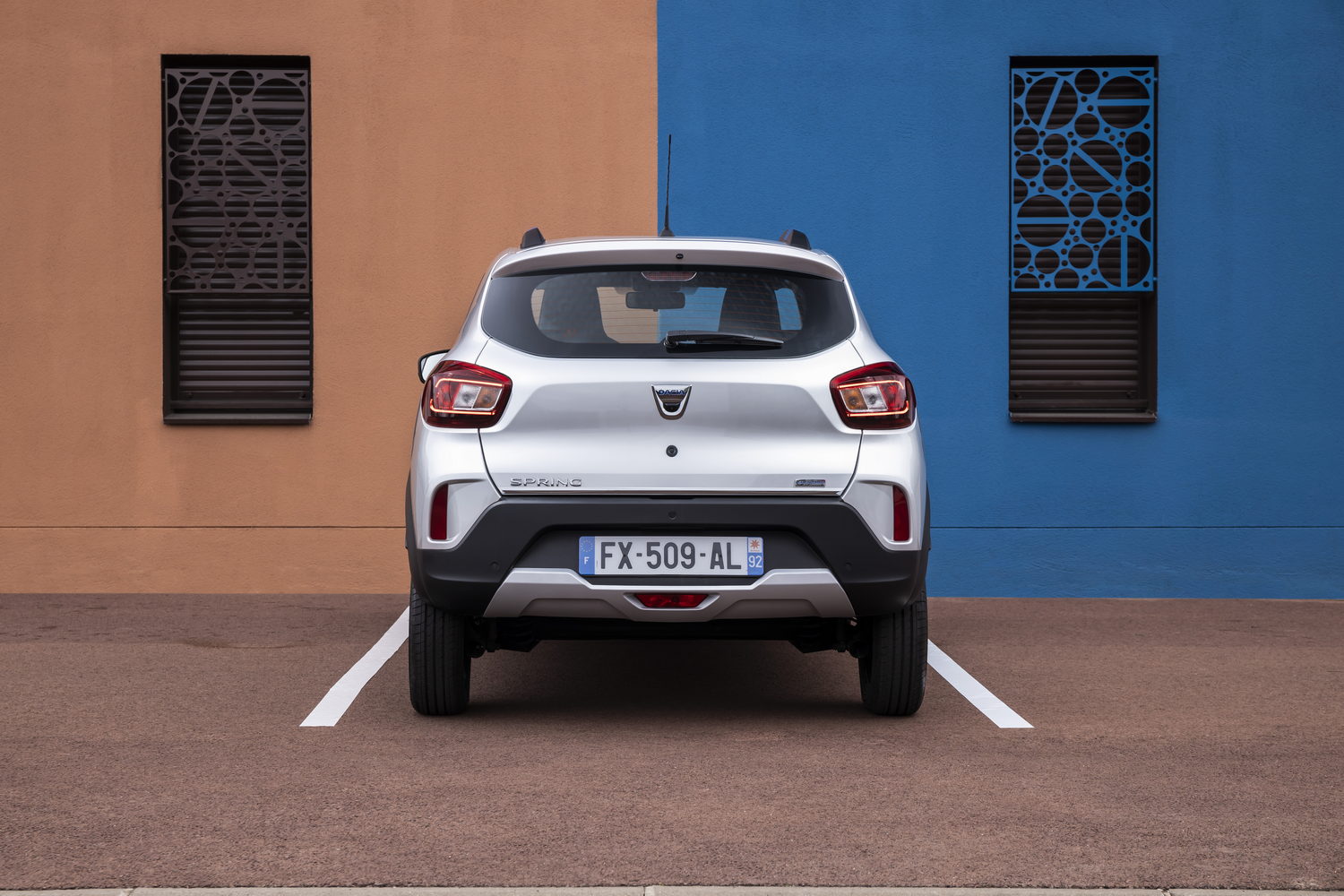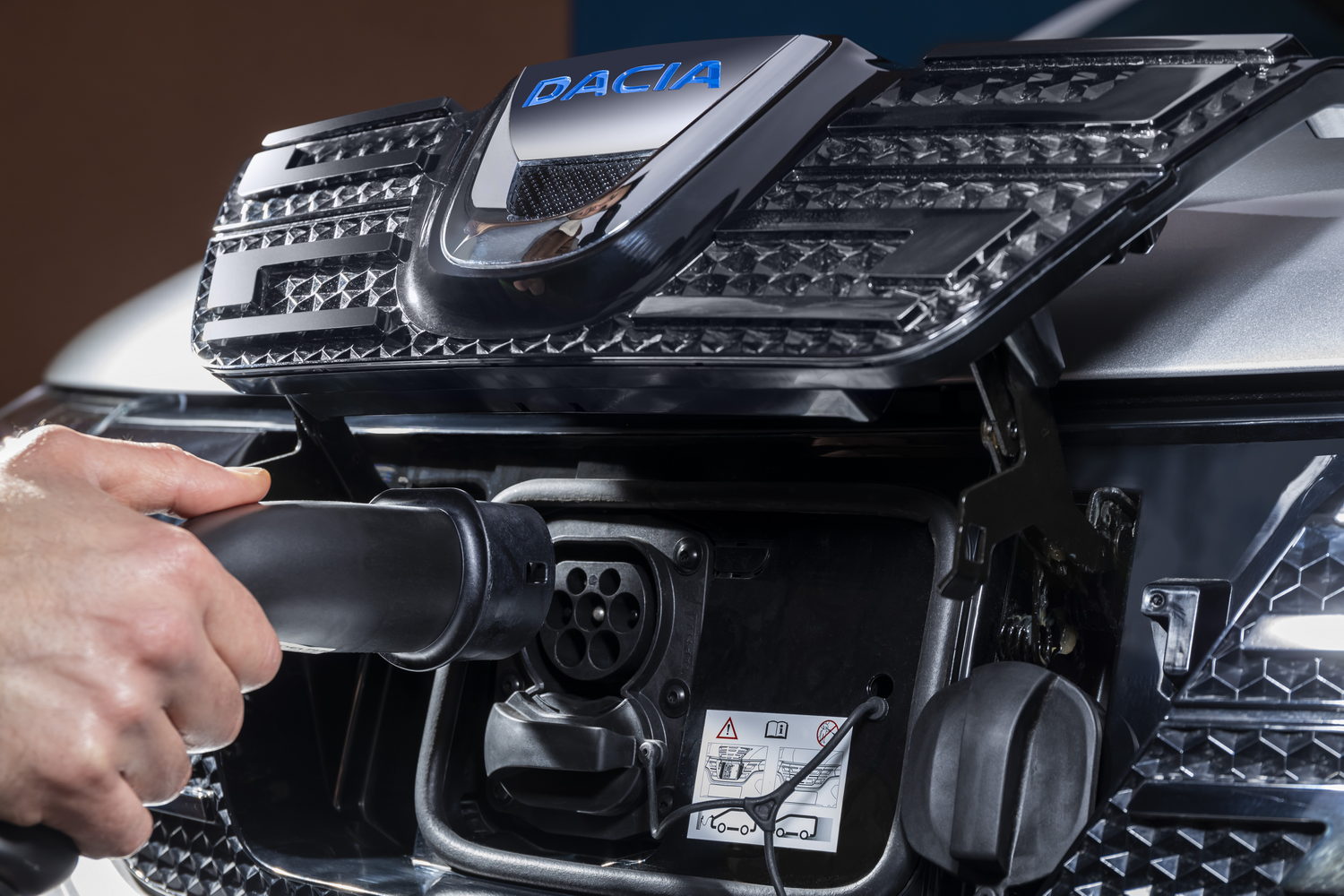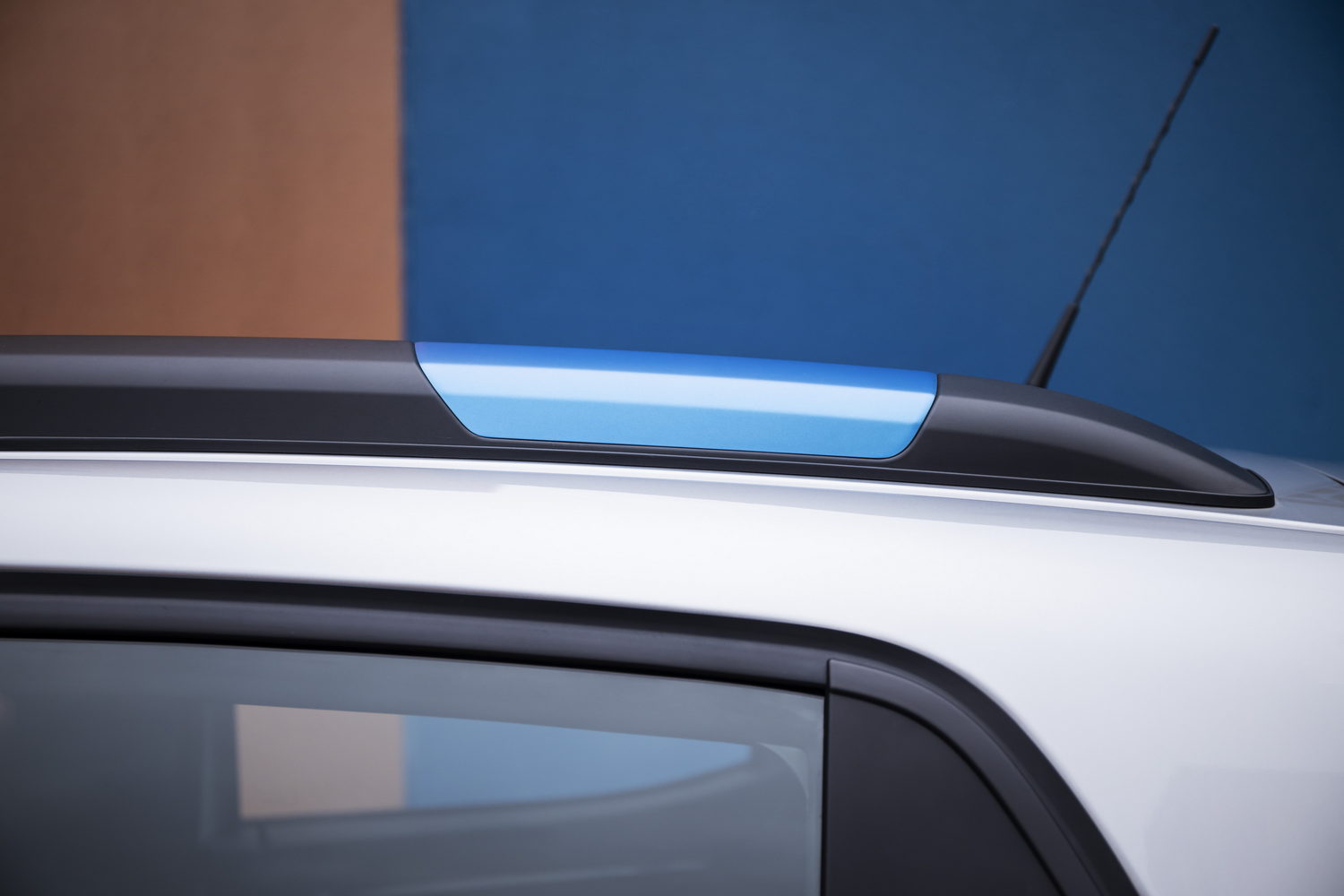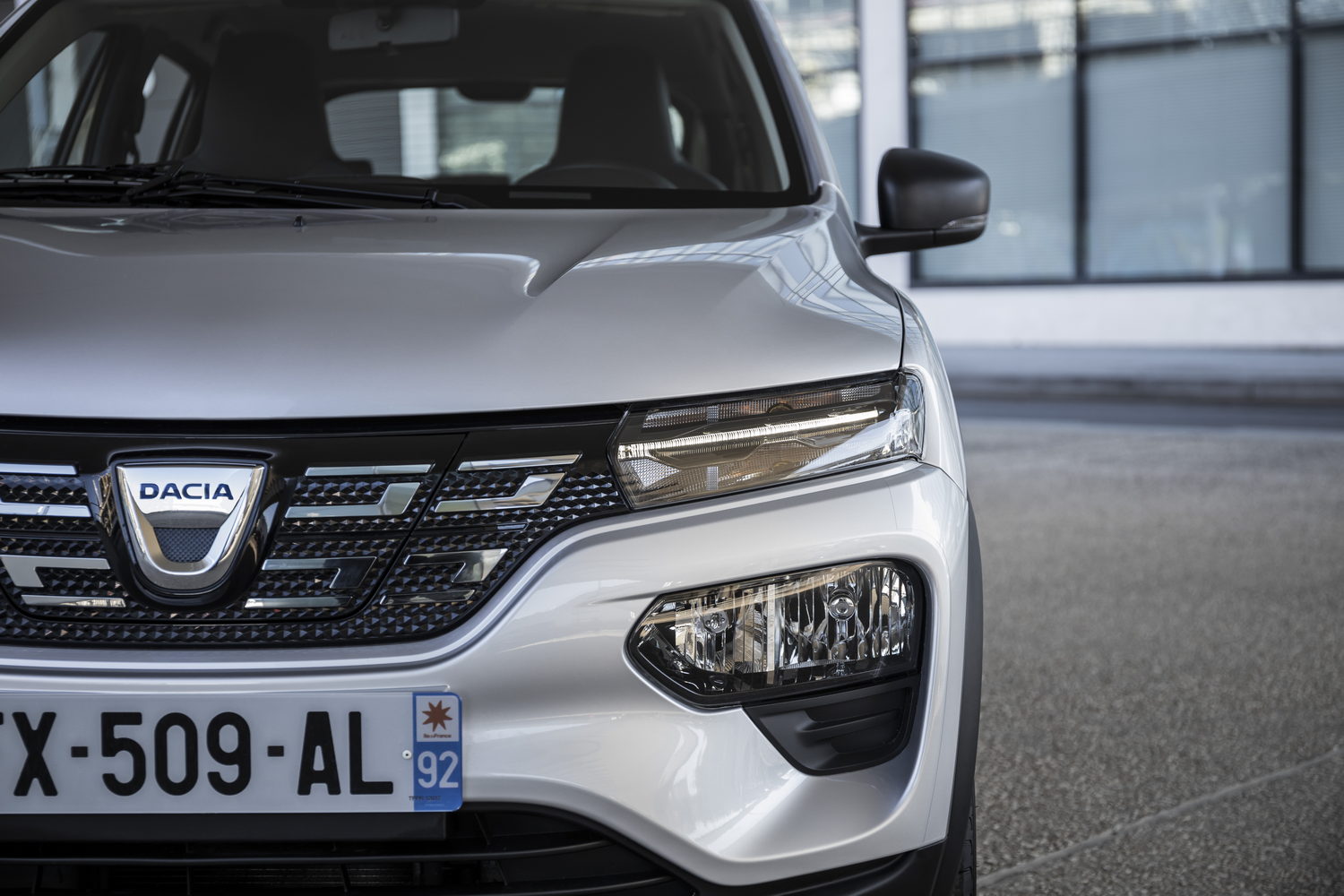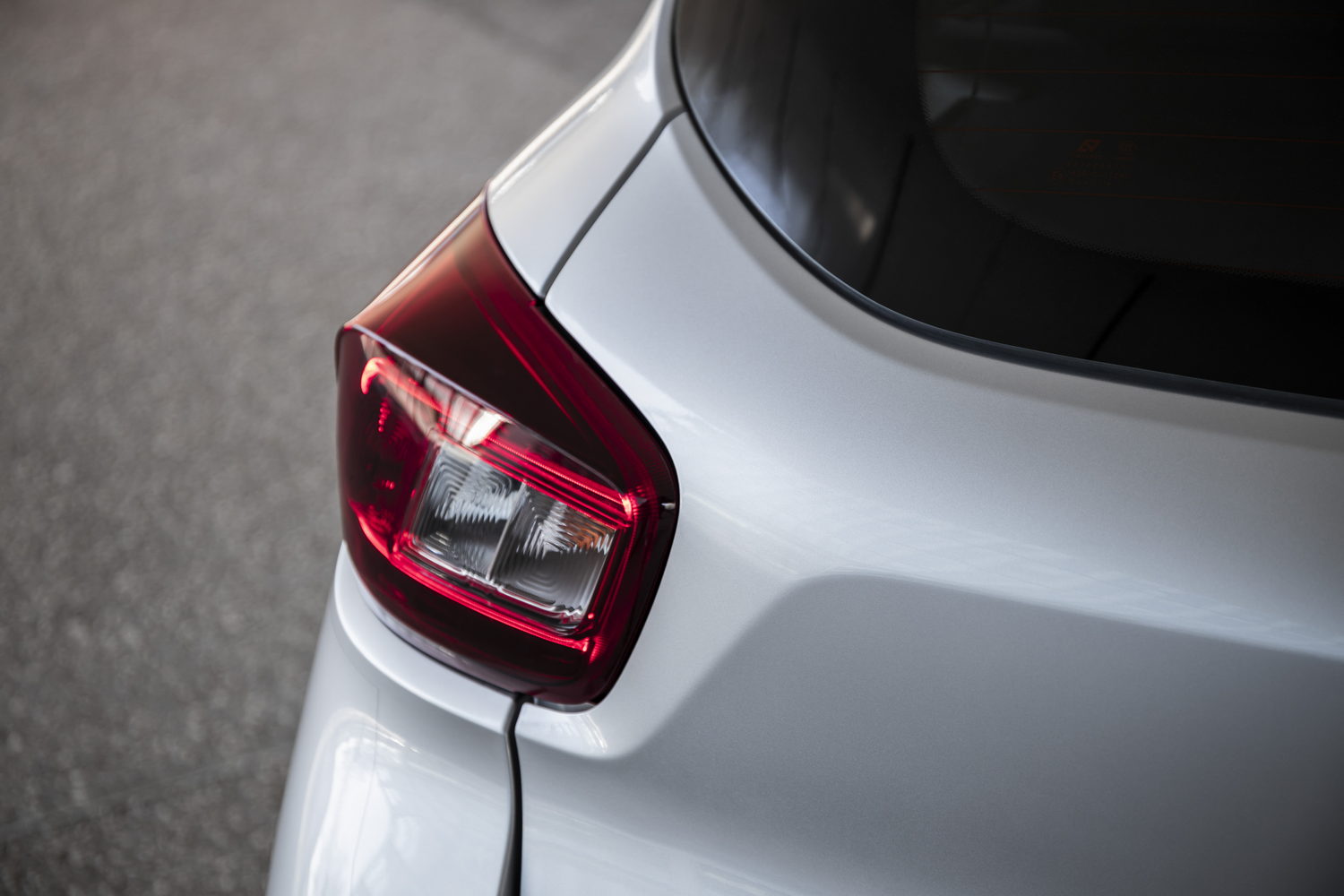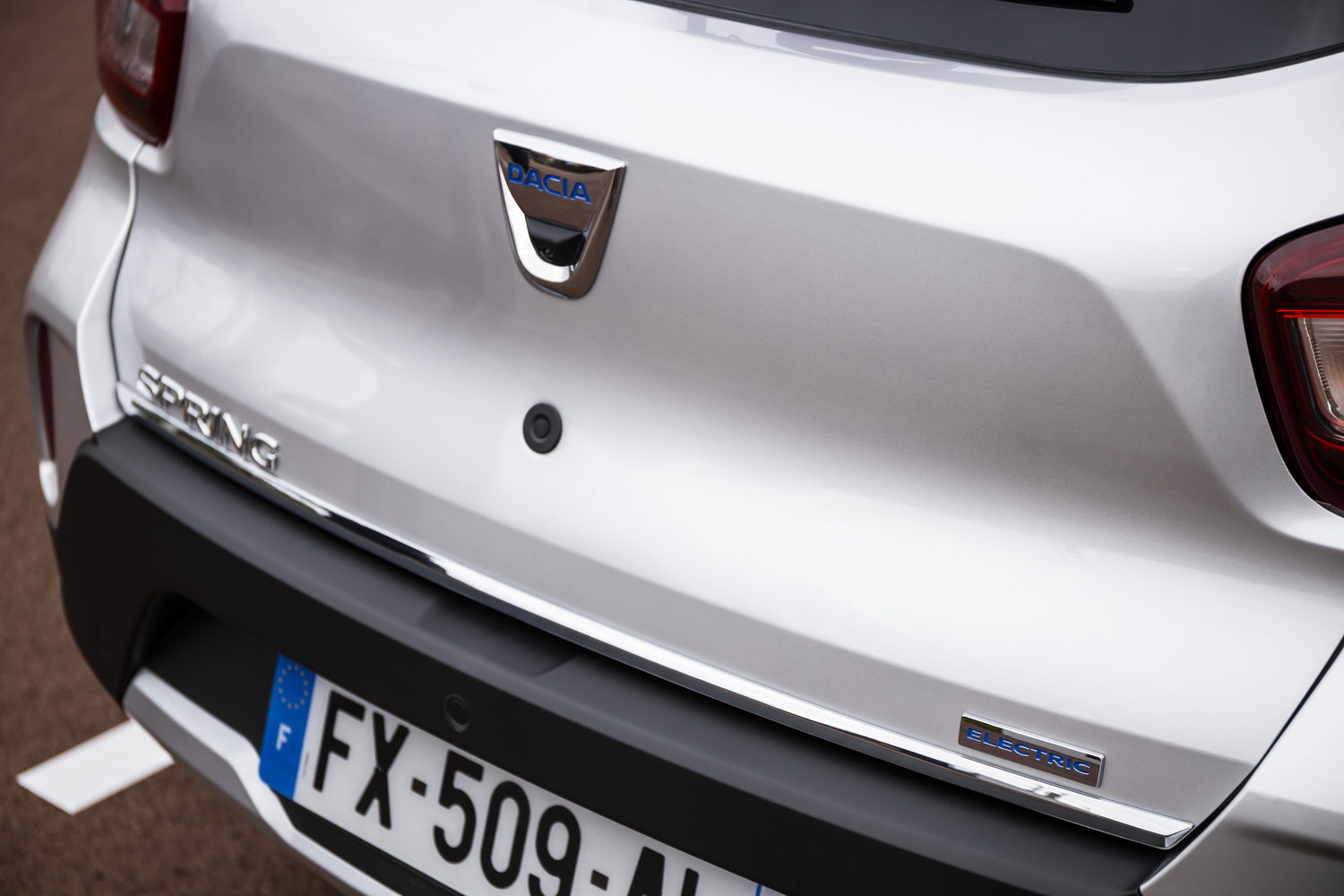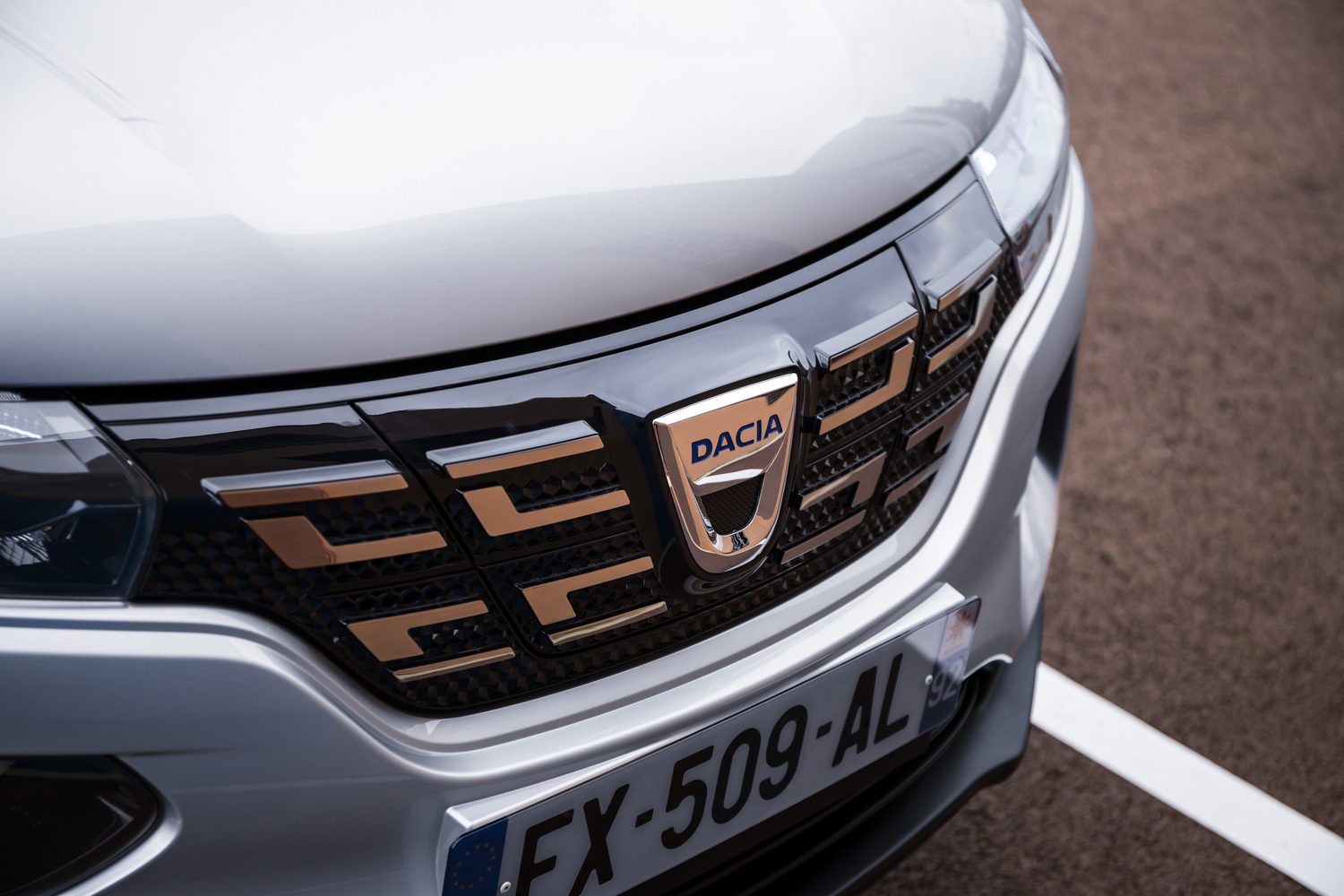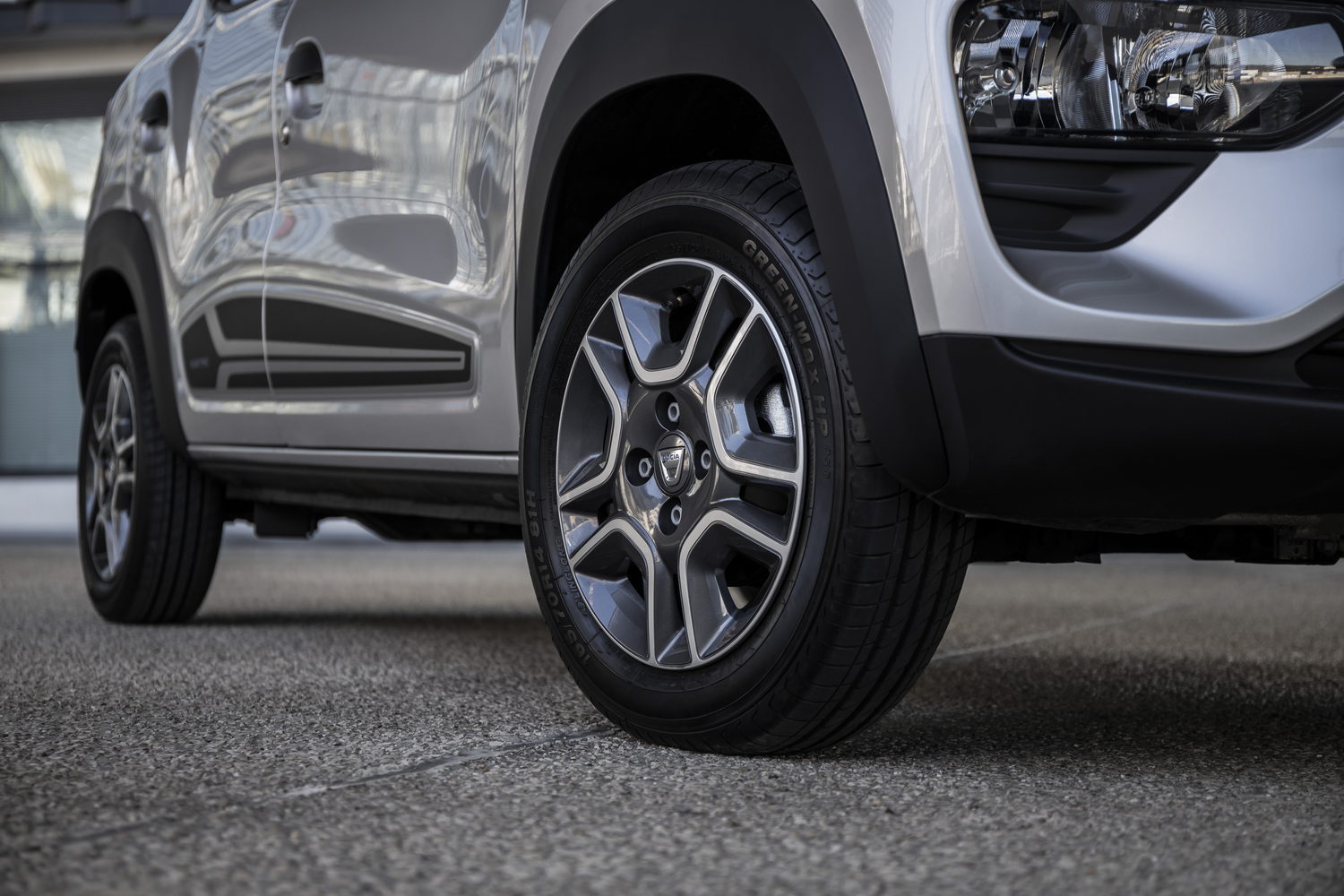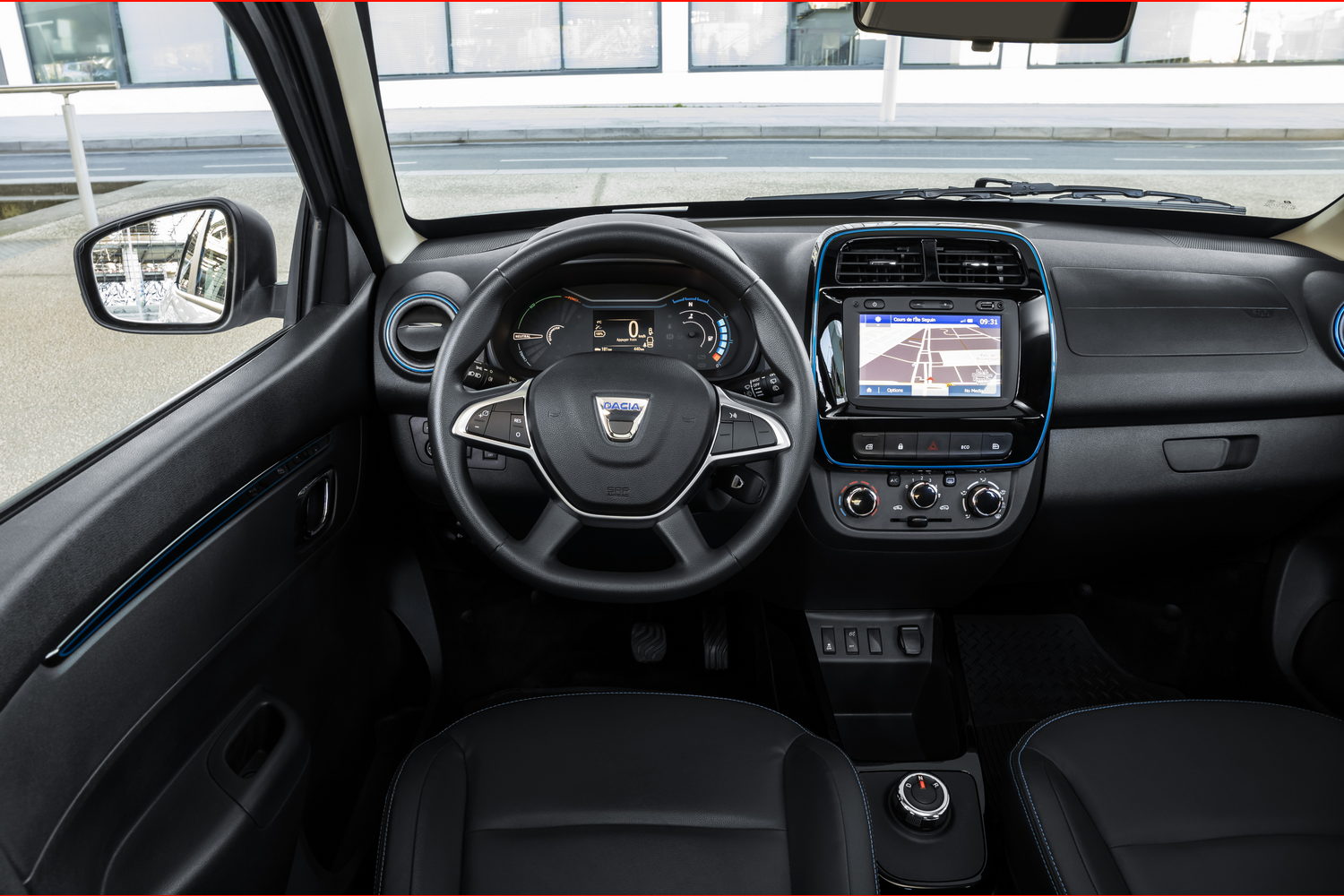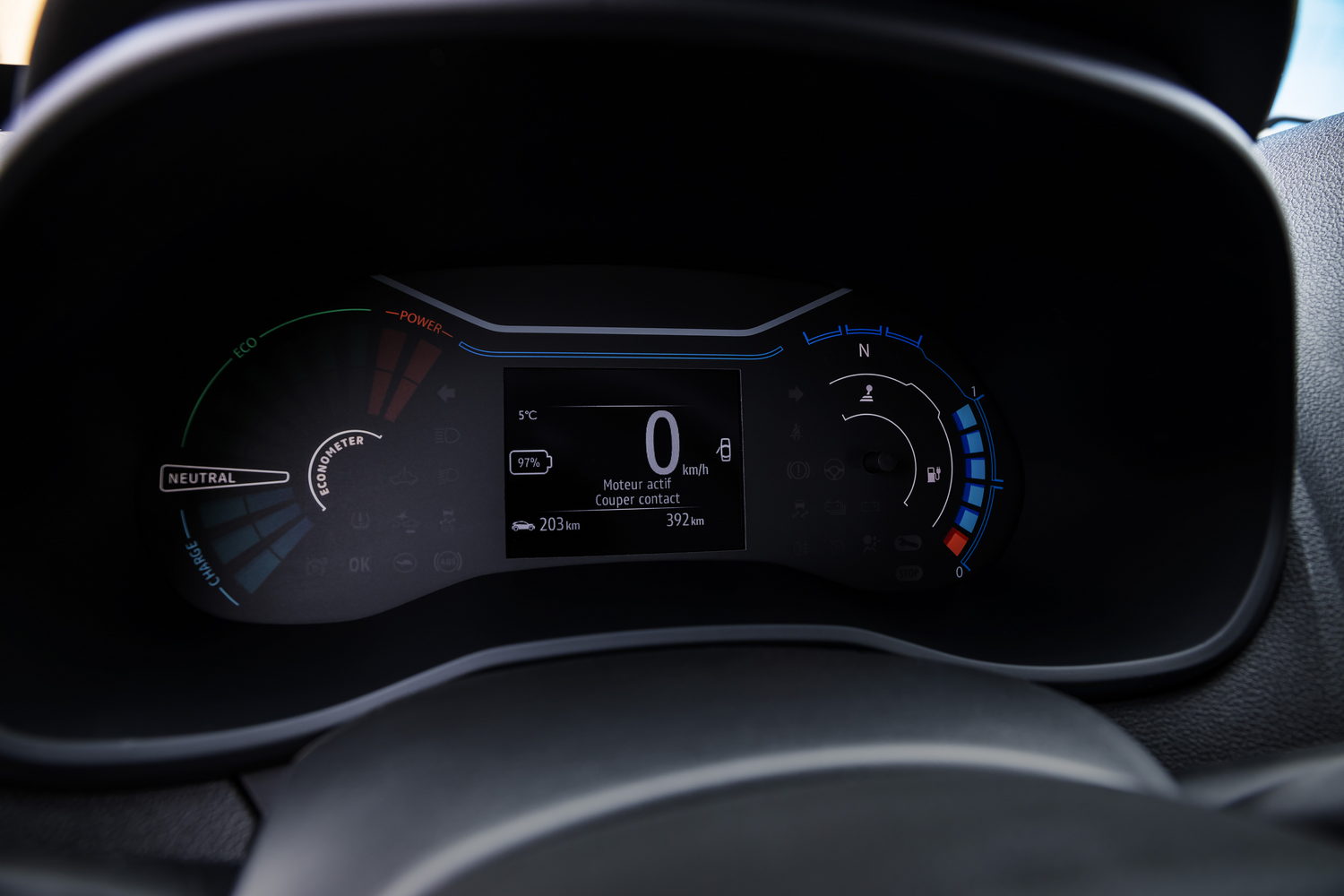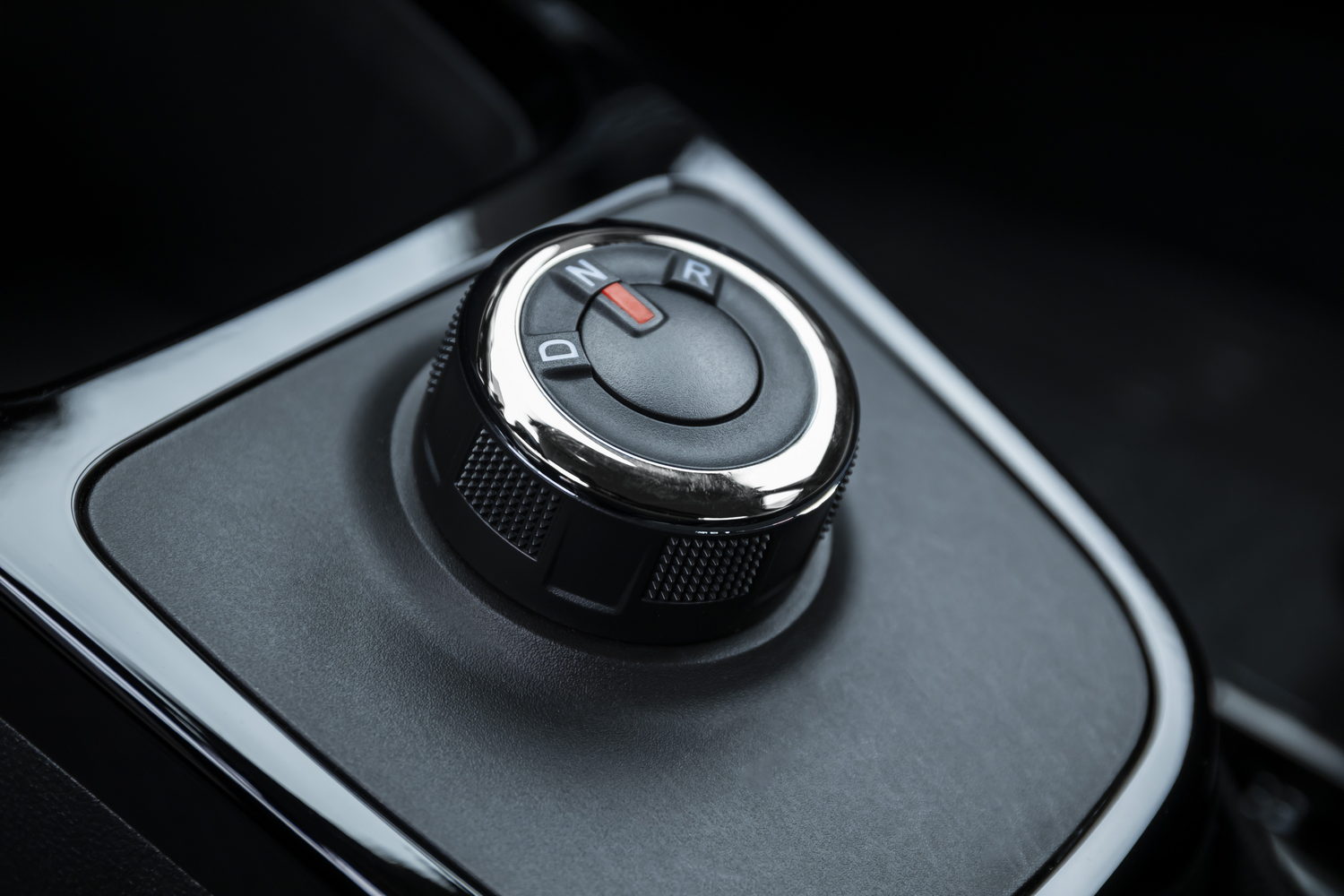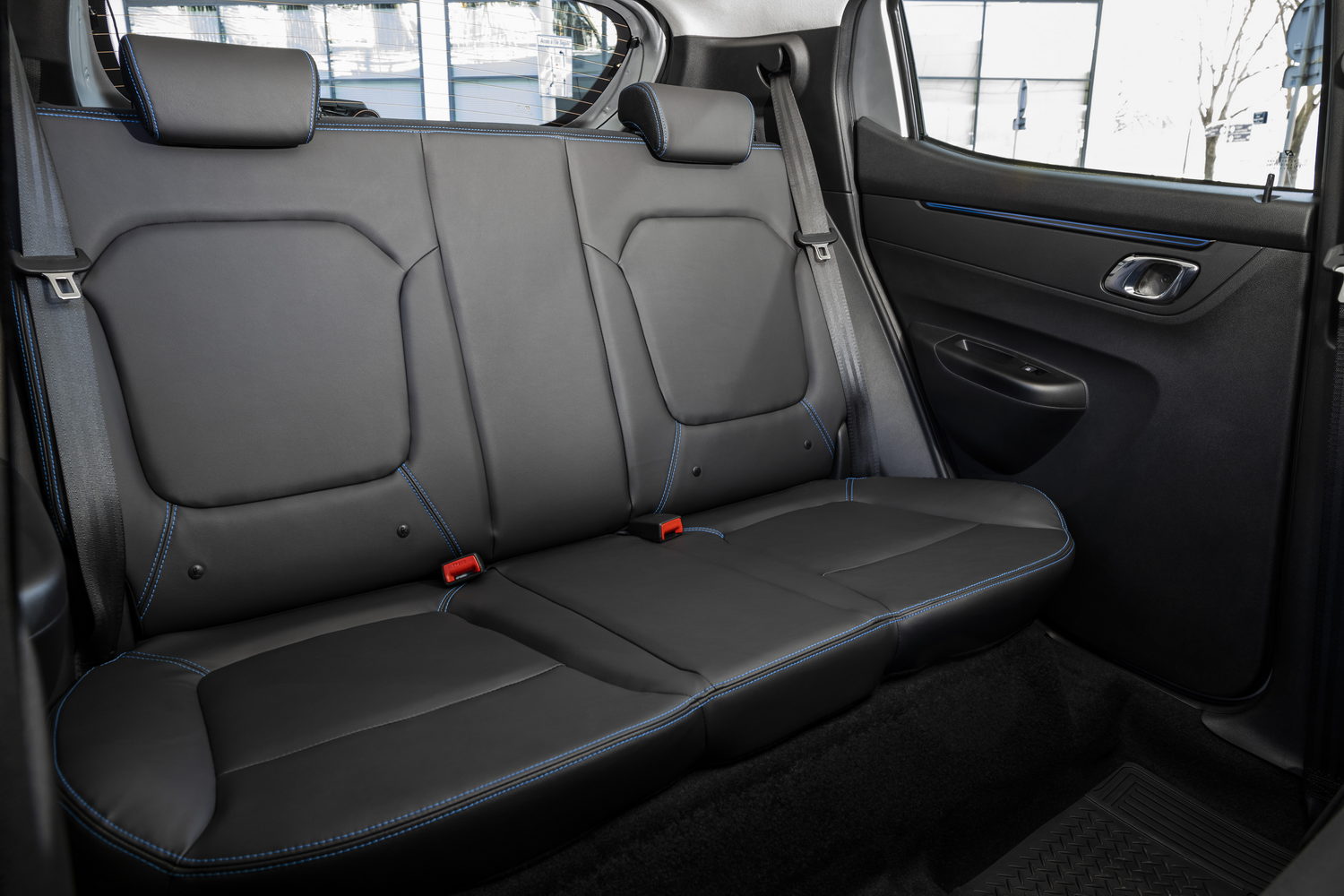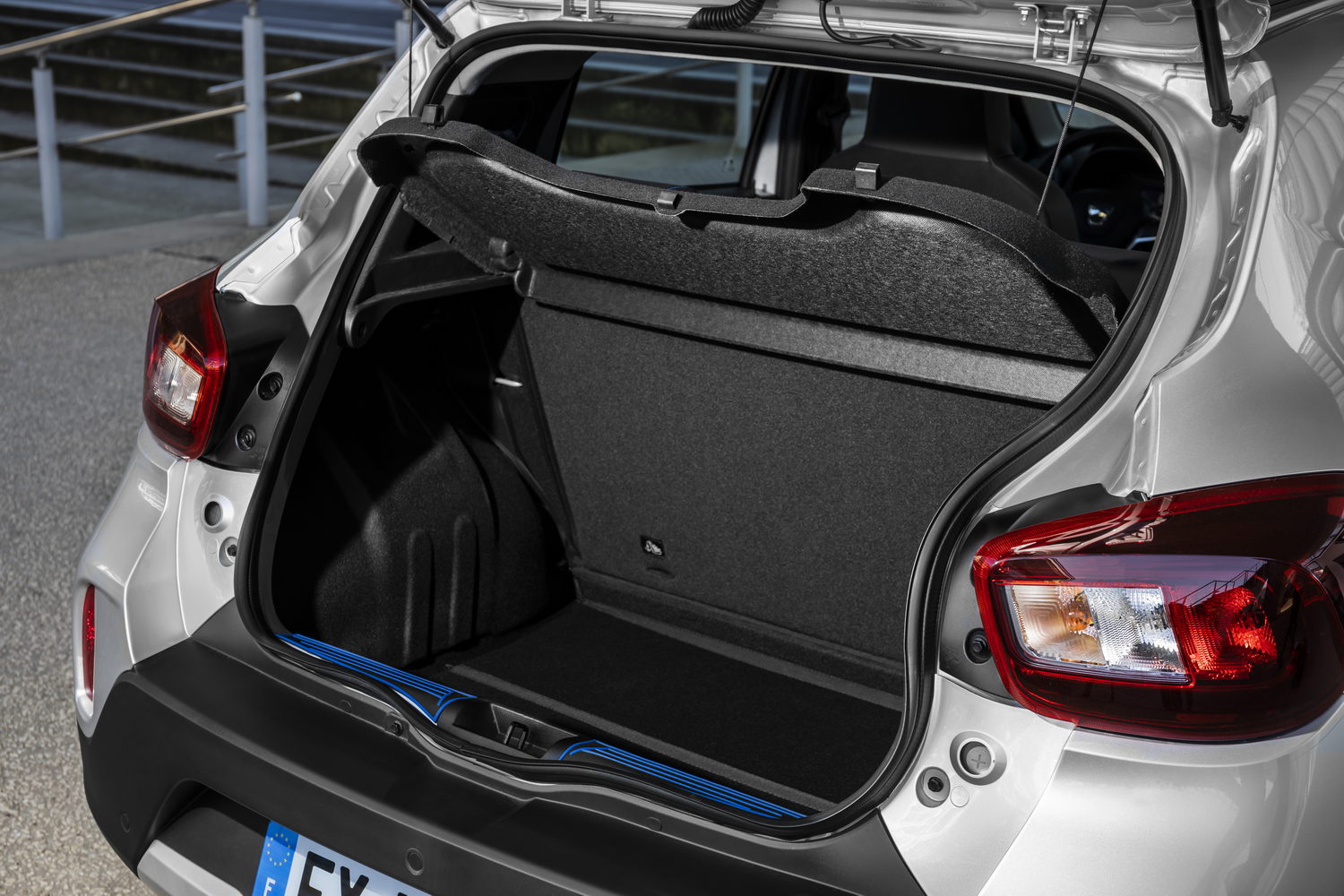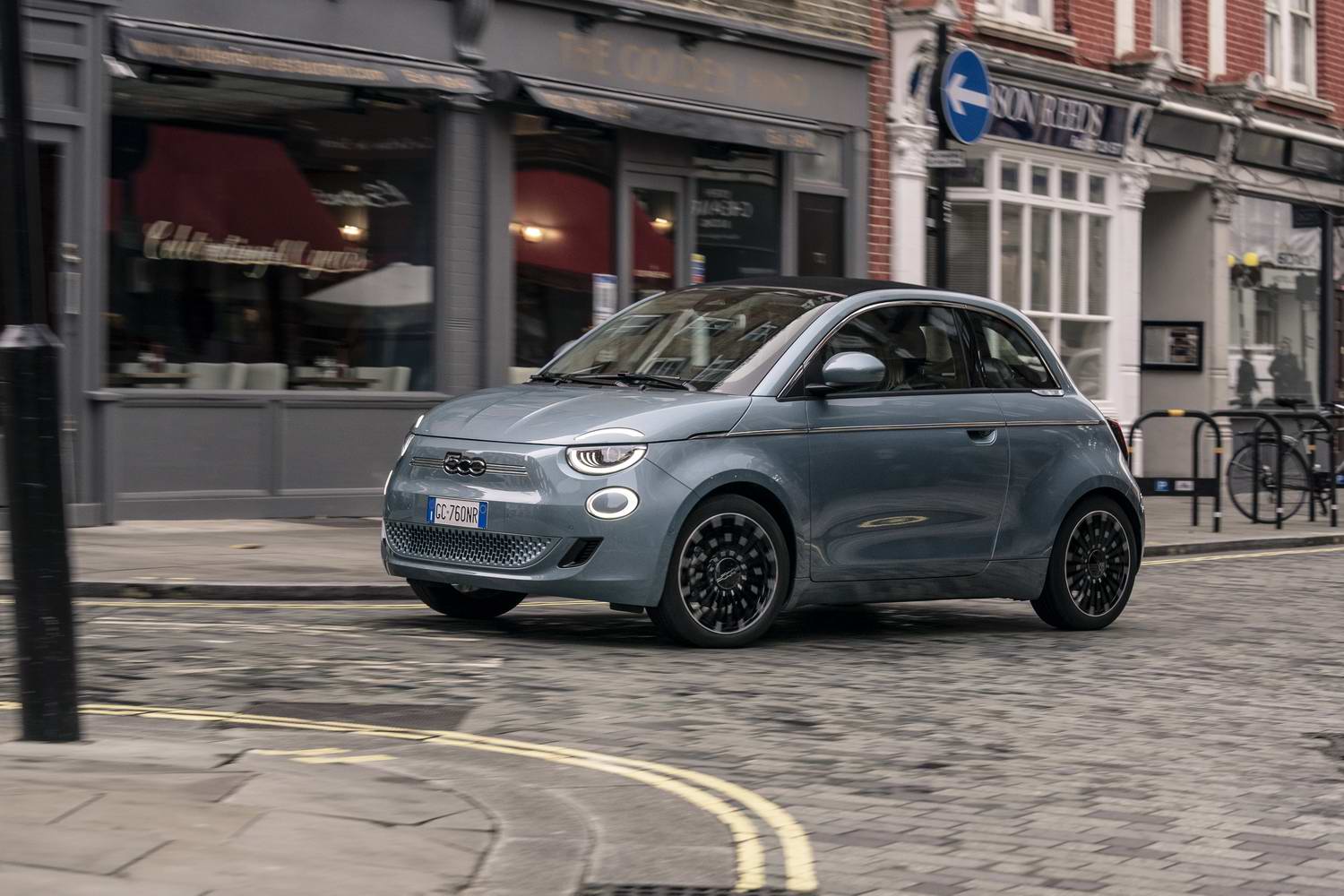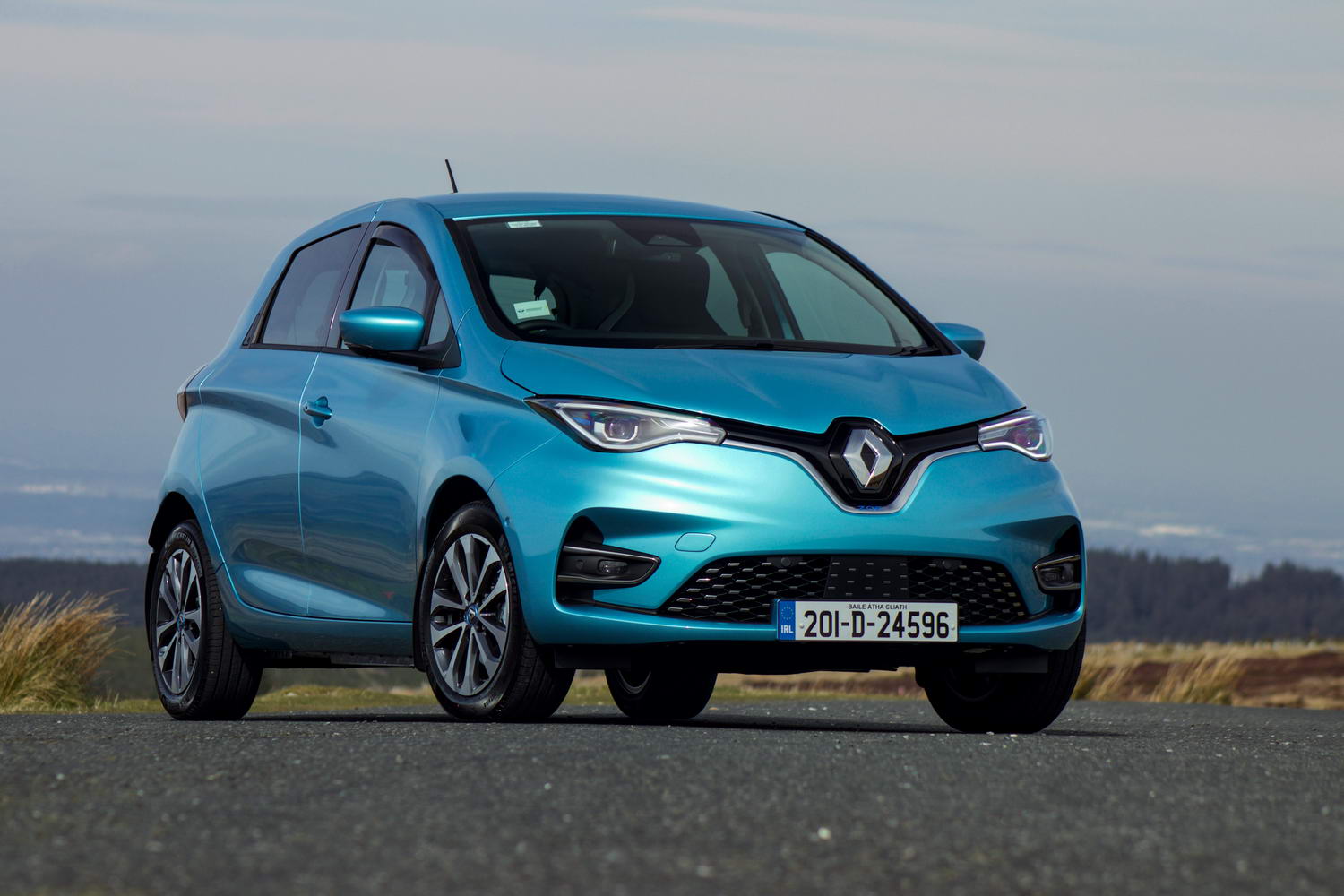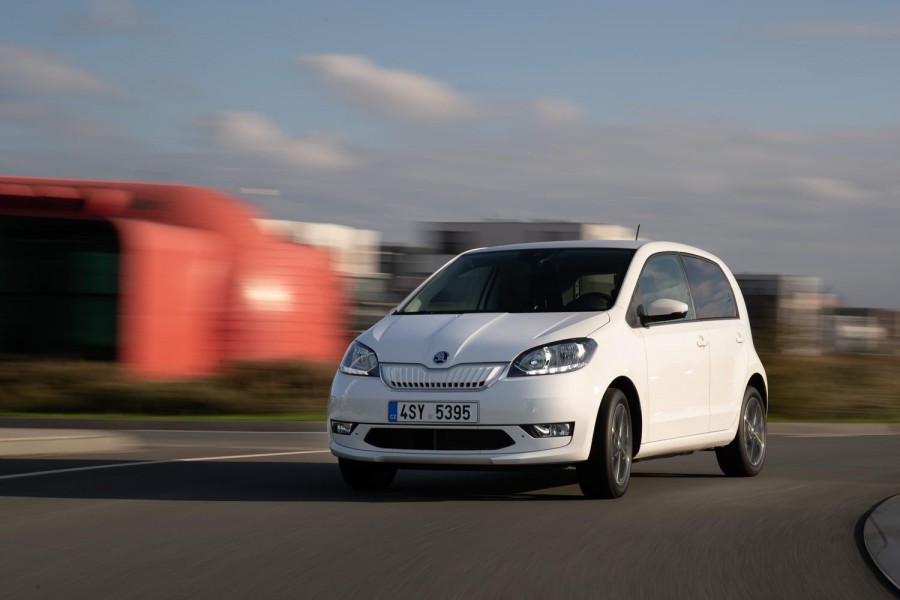The A-segment, or city car category, hasn't experienced the greatest of success in going electric, mostly down to high cost of production and difficulty in converting a high retail price into sales.
Yet this is one segment that arguably should be leading the switch to electrification. Look around any major European city where space is at a premium and you'll see that owning a smaller car is the norm - it isn't tarred with the same car-related social stigma that it is here in Ireland.
Now Dacia appears to have cracked the formula where others have failed. In France, the Spring costs as little as €12,400 after applicable government financial supports, for example. Across Europe, more than 26,000 orders for the little EV have been placed so far this year. Few other cars on sale in Ireland today can match what the Dacia Spring offers buyers.
In the metal
There is a certain charm to the Dacia Spring. It's not quite Fiat 500 cute, but it is fun, nonetheless. Its exterior design has, unsurprisingly, been influenced by the SUV world. That means it has cladding around the wheels that underscore the crossover theme, for example, but these also serve to even out the car's proportions.
The Dacia Spring is compact; measuring just 3.7 metres in length and 1.7 metres in width (including door mirrors), it can fit through city streets easily and can be contorted into even the tightest of parking spaces. It sits relatively tall, though, with 151mm ground clearance. LED daytime running lights form part of the grille, which also includes the charge port that pops upwards revealing a standard 6.6kW charger.
Inside, while the Spring is simple, it isn't a bare-bones car, despite a wealth of average plastic trim. Instead of an analogue instrument cluster there is a 3.5-inch digital TFT display at the centre and graphical displays for the energy use, along with the recuperation rates and the state of charge in the battery. A simple four-spoke steering wheel contains the controls for setting the speed limiter function.
To help save on space there is a rotary controller to select the drive functions instead of a typical gear selector. You have drive, neutral and reverse along with a manual parking brake. The rear seats provide just enough space for two adults to sit comfortably, though my 5'9" frame used up almost all of the available legroom when sitting behind my own driving position. At 290 litres, the boot space is reasonably practical, and can increase to 620 litres when the rear seats are tilted forward.
Driving it
When you sit into the Dacia Spring for the first time the driving position can catch you off-guard. The driver's seat is on the high side, as in the Renault Zoe, and there isn't any height adjustment. Then you try to adjust the steering wheel, but that too is in a fixed position. Still, there is enough overall height in the car that most average adults should be able to get used to the driving position.
The 33kW (44hp) electric motor is willing and the Spring's general performance is helped by the car's relative light weight, tipping the scales at just 970kg. When it comes to the industry standard 0-100km/h sprint it ranks as one of the slowest new cars on sale today, taking just over 19 seconds to get the job done. That doesn't tell the whole story though because this is a car for diving in the city where higher speeds are irrelevant. Between traffic lights it needs only 5.8 seconds to get up to 50km/h - you don't need anything more.
However, the Spring isn't limited to city use. While it won't get there all that quickly, it does have a top speed of 125km/h so it can cover some motorway distances, but total range will be impacted by this and even with the optional DC charger fitted, the peak charging rate is 30kW as the battery doesn't any thermal management. Drivers can activate the car's Eco mode to potentially squeeze out another 10 per cent of range, but this limits top speed to 100km/h.
A basic suspension setup takes the edge off more severe bumps and, providing you don't attack speed humps with any great enthusiasm, then the Spring is fine in most everyday scenarios. Carrying greater speed into bends does bring a generous dollop of body lean although its skinny tyres grip reasonably well. However, move inwards from the edges of the performance spectrum and the Spring quickly becomes quite charming. Light steering and just enough pep from the electric motor makes the Spring an enjoyable car to drive and it's easy to forgive any shortcomings in outright pace.
What you get for your money
Even though Dacia has no plans to offer the Spring for sale in Ireland at present we deem it right to credit the company's efforts in producing this vehicle with a score in this category. As for the car itself, there are just two specification grades available, Comfort and Comfort Plus.
Pricing for the Dacia Spring Comfort is €16,990 in France before EV-buying incentives and includes front and rear electric windows, a basic radio system with USB, Bluetooth and DAB. A speed limiter function, manual air conditioning and electrically adjustable door mirrors are also included.
Safety equipment includes active emergency braking, front, side and curtain airbags and tyre pressure monitor. Buyers can opt for the standard white paint or choose from three other exterior colours, each costing €500. Five-spoke steel wheels are standard and wheel trims can be added at a cost. A spare wheel is €180 price, and you'll need to stump up €250 for a Mode 3 Type 2 charging cable - the Spring comes with a 10A Mode 2 domestic cable.
The Dacia Spring Comfort Plus starts at €18,490 in France and gets more features. Orange decorative inserts on the exterior and hubcaps add some visual interest, while inside there is orange stitching on the black upholstery. Most obvious among the interior differences is the seven-inch MediaNav touchscreen system that includes navigation and smartphone mirroring. Central locking, automatic headlights and wipers, rear parking sensors and a reversing camera round out the differences. Only this higher-spec version can be fitted with the 30kW CCS DC charging system at a cost of €600. Both versions feature ISOFIX mounting points.
Dacia includes an eight-year or 120,000-kilometre warranty on the battery that ensures it maintains a 75 per cent state of charge. The company has also developed an app that will show the true state of the battery to give owners and buyers of used models added confidence.
Summary
Dacia only produces the Spring in left-hand-drive configuration, and it isn't intending to engineer a version for right-hand-drive markets. However, due to the surprising success of the Spring in Europe, a company source has told CompleteCar.ie that it is reconsidering a steering wheel for 'our' side on the next generation model.
Regardless, the package is quite a remarkable one, delivering usable everyday driving range from what it a comparatively small battery. The simplicity of the whole car and suitability for urban driving, be that squeezing through traffic-congested streets or fitting into parking spaces few others can, will undoubtedly see the Dacia become a common sight in European cities. It illustrates what we need if electric cars really are going to be sold in high numbers in the coming years.

